A Shopper's Guide to Japanese Rice
Japan is the land of rising sun... and of rice! With so many variants, even going to the supermarket and choosing one can be a real challenge. But fear not. After reading this article, you'll be able to do it in a breeze!
By Diletta Fabiani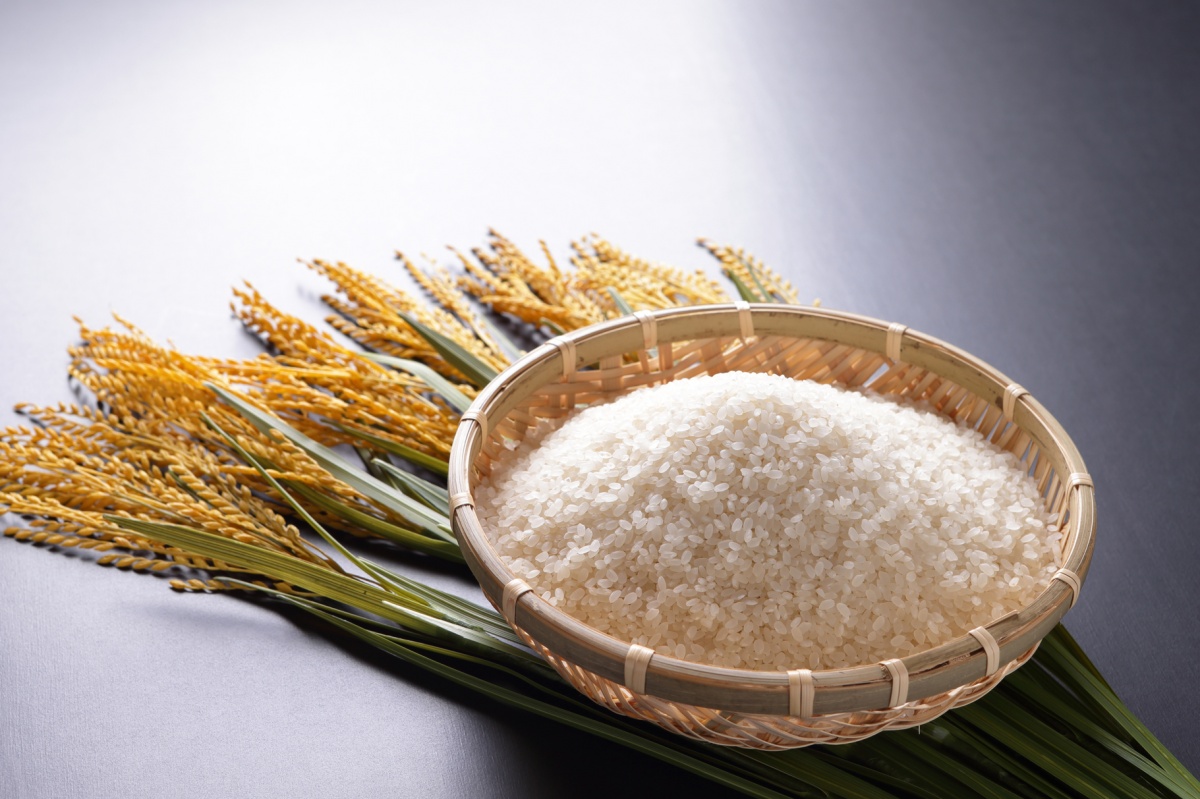
Rice is cultivated all over the world, and this creates a wide range of regional variants. Alongside the Italian arborio, the Indian basmati and many more, Japan contributes to the rice landscape with its own share of indigenous crops. The most commonly grown and eaten rice in Japan belongs to the family of Japonica rice: a short-medium grain species with a round or oval shape, a glossy sheen and high-moisture content, grown in flooded fields. Japanese rice is typically quite sticky, making the use of chopsticks much easier.
One division inside the Japonica rice is uruchimai (粳米) versus mochigome ( 糯米), a distinction based on the different compositions of rice starch inside the rice itself. Rice starch consists of two main molecular components: amylose and amylopectin. Uruchimai is the regular rice used for everyday cooking, and its starch includes both components (amylose being around 20 percent). Uruchimai is boiled or steamed and can be used for a wide variety of dishes, including sushi. On the other hand, the rice starch in mochigome consists almost exclusively of amylopectin.

Mochigome grains are whiter, rounder, larger and contain more sugar than their counterparts, even though the taste is not particularly sweet. Mochigome, also called glutinous rice, is usually steamed, and can be pounded to create a sticky paste which is then used for another Japanese traditional dish, mochi (rice cake). While mochi is regularly eaten around New Year, it's also used for other traditional dishes like sekihan (red beans and rice, eaten on celebratory occasions such as weddings or specific holidays).
One Rice, Many Processing Methods
A further division can be made based on the processing method of the grains.
Hakumai (白米) is the typical white rice. The rice is milled and polished, and the husk, bran and germ are all removed. This process prolongs the rice's storage life, gives it a more subtle flavor suitable for a wider variety of dishes, and makes it easier to digest, however important vitamins are also lost.
Genmai (玄米) is unpolished brown rice, from which the outer hull has been removed. While it contains more vitamins and nutrients than white rice, it's also not as sticky, has a shorter shelf life and needs more time to cook.
You can read more on genmai below!
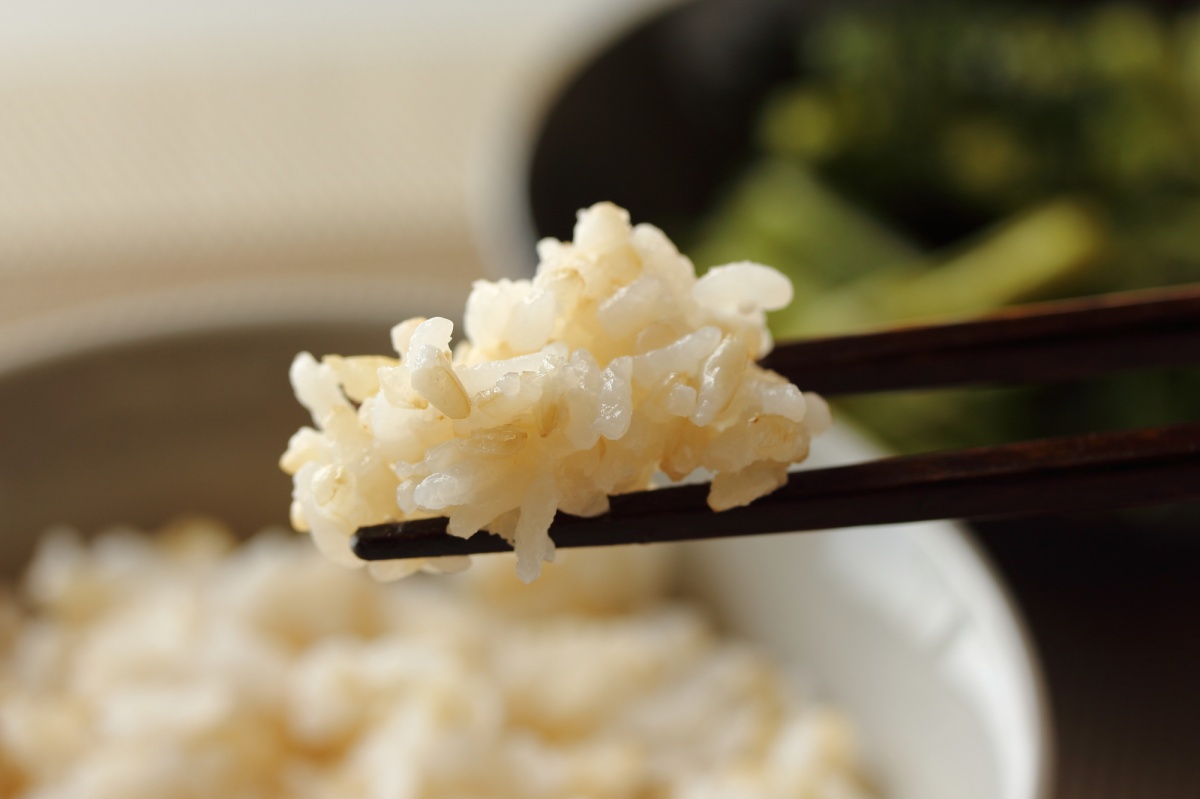
An interesting best-of-both-worlds product is hatsuga genmai (発芽玄米), brown rice that has been soaked in heated water until germinated. This keeps the germ but removes the outer bran, making the rice softer and sweeter than genmai rice, while preserving some of its nutrients. It's also known as GABA rice, as the germination process increases the levels of gamma-Aminobutyric acid in the rice.
If you've ever used a Japanese rice cooker, you'll know that white rice grains need to be thoroughly washed in order to get rid of leftover excess bran, even after the polishing process. Musenmai (無洗米) is a variety of white rice in which bran powder has been removed, meaning that there's no need to wash it before cooking. This is achieved mostly through a mechanical process called BG (bran grind) in which rice is tumbled inside a tube.
This process not only saves cooking time, but it seems to also reduce pollution, as water from rice washing helps algae multiply at the expense of the water ecosystems' equilibrium. However, musenmai tends to be slightly more expensive than regular white rice
The Japanese Top Brands
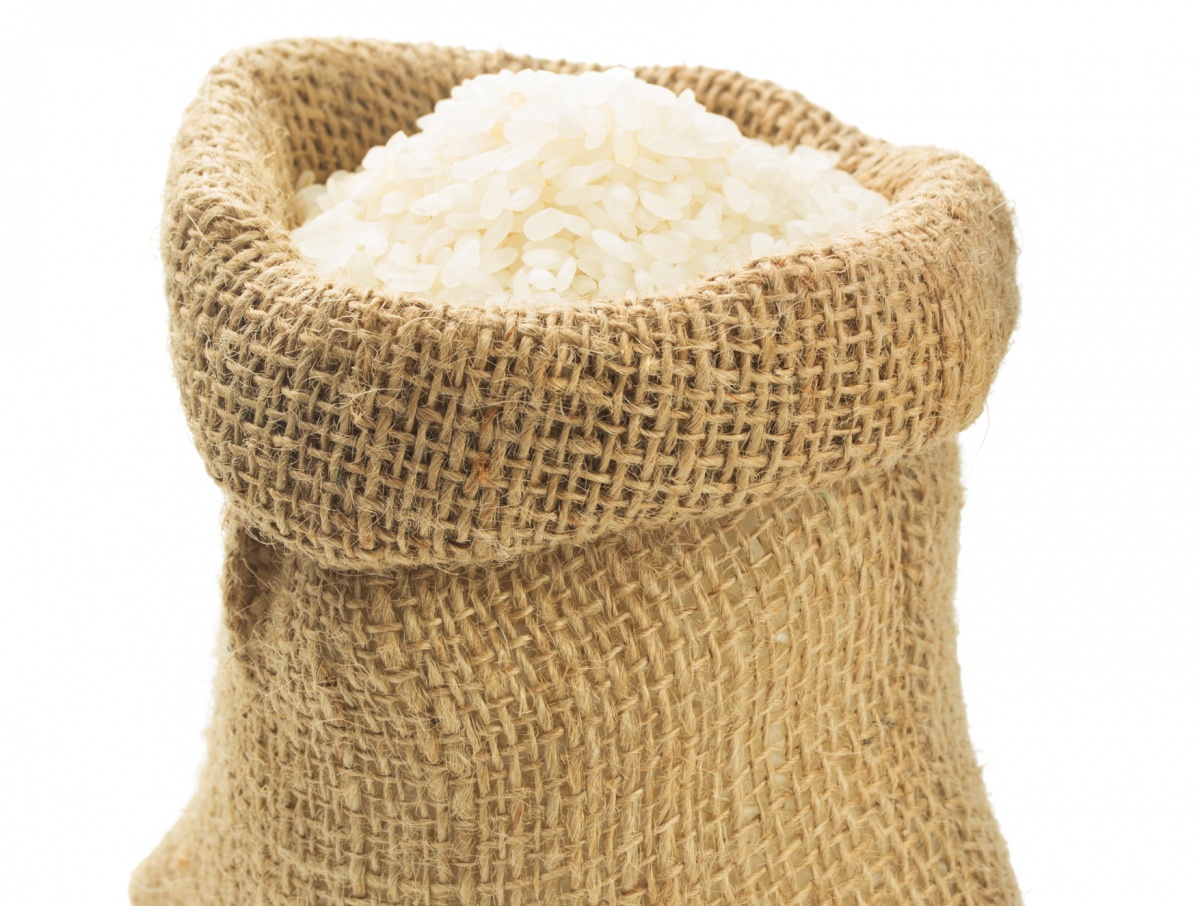
A further division can be made according to brands. Here's a list of the most common and well-known ones. Usually the name will be written on the rice bag in hiragana or katakana characters, allowing everyone to read it.
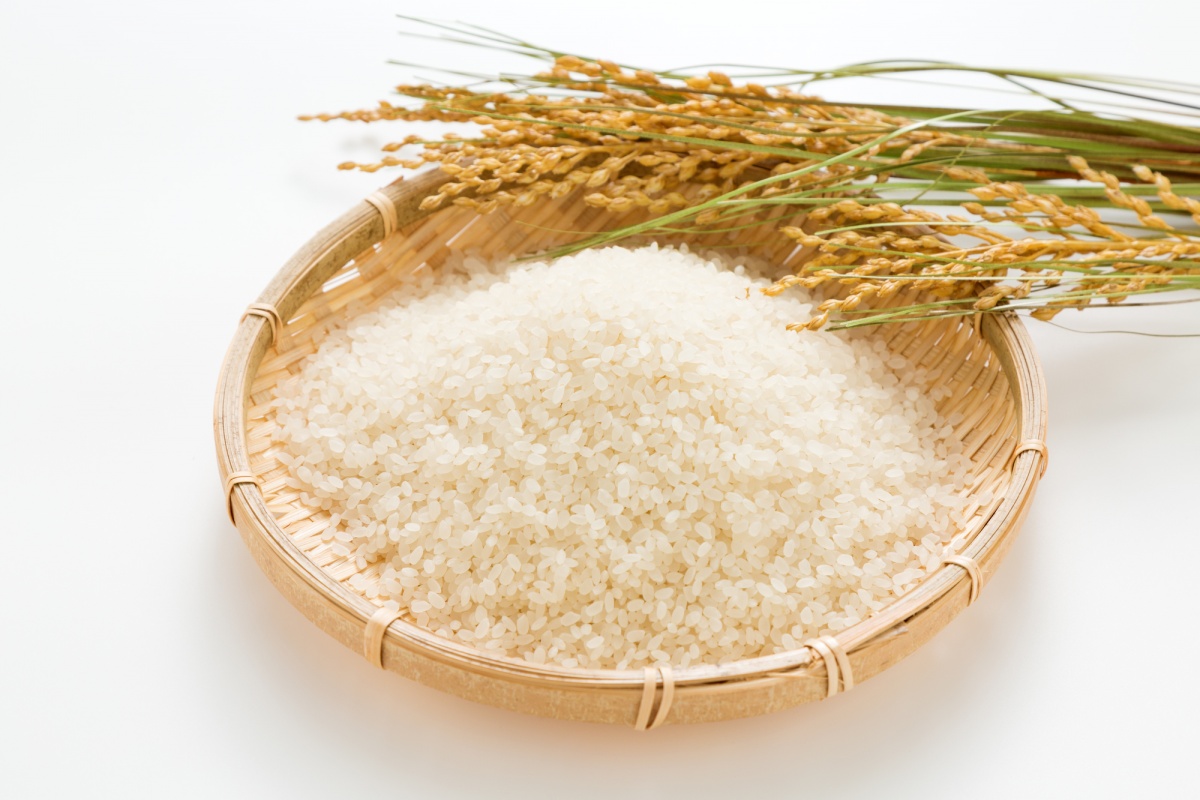
Koshihikari (こしひかり) is likely the most famous and most cultivated Japanese short-grain rice. It was first created in 1956 in Fukui Prefecture, and its name can be translated as "the light of Koshi" (Koshi was the name of an ancient province of Japan, which also included Fukui). It's currently cultivated in several areas, with the Uonuma Koshihikari (grown in the Minami Uonuma area in Niigata Prefecture) and the Aigamo Koshihikari being among the most expensive and renowned. It's mostly revered for its translucent appearance and sweet flavor, and it's ideal for dishes in which the rice's taste stands out, like sushi.
Hitomebore (ひとめぼれ) is a Miyagi Prefecture-born cross-breeding of Koshihikari and other Japanese rice varieties, which can be cultivated even in colder areas. Its name means "love at first sight."
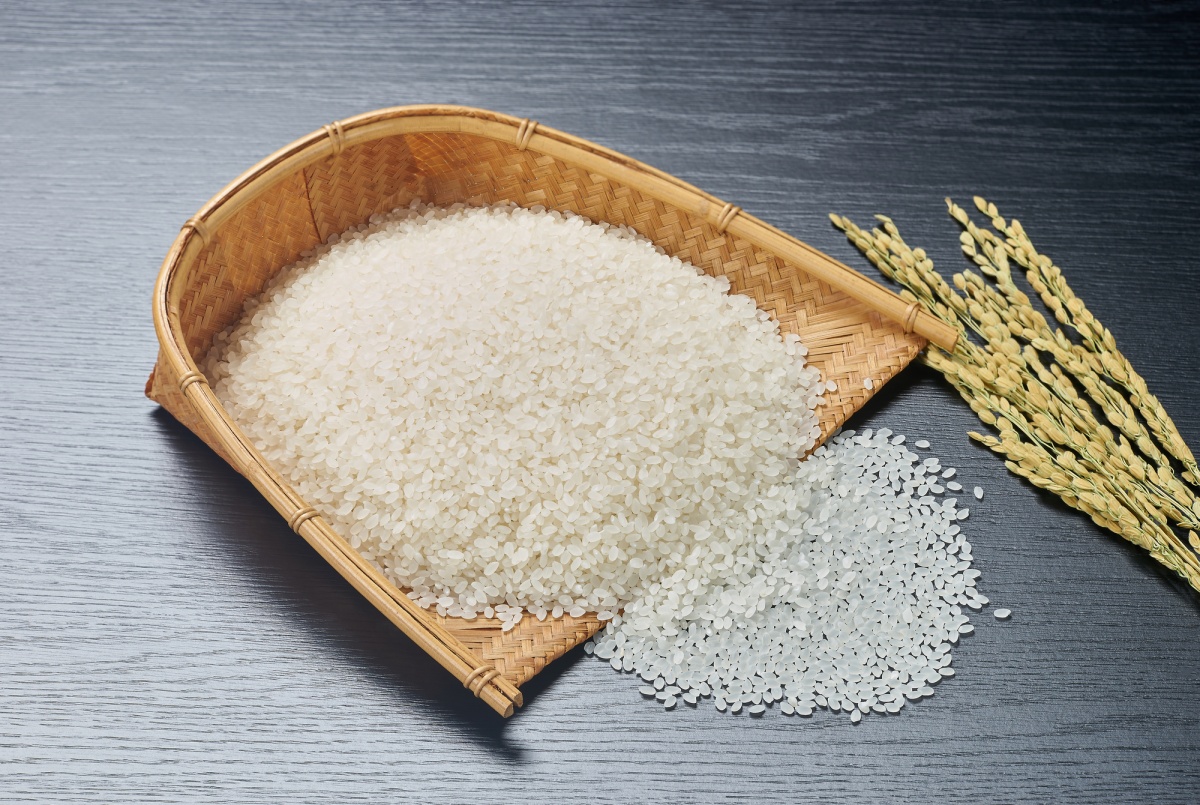
Akitakomachi (あきたこまち) comes from, as the name says, Akita Prefecture, where it was created in 1975 as a cross-breed between Koshinohikari and local varieties. The cross-breeding improved its resistance to diseases and wind, and this variety has round, plump grains and a typically Japanese stickiness and sweetness. Many think that the high quality of this rice depends on the region's pure water and weather, which sees a large difference in temperature between day and night.
Another famous rice that benefits from this temperature gap is haenuki (はえぬき), grown since 1992 in Yamagata Prefecture. This is the oldest of the "famous rice varieties" of the area, and its name means "trueborn," as this rice stands firm like the mountains surrounding it and benefits from their climate.
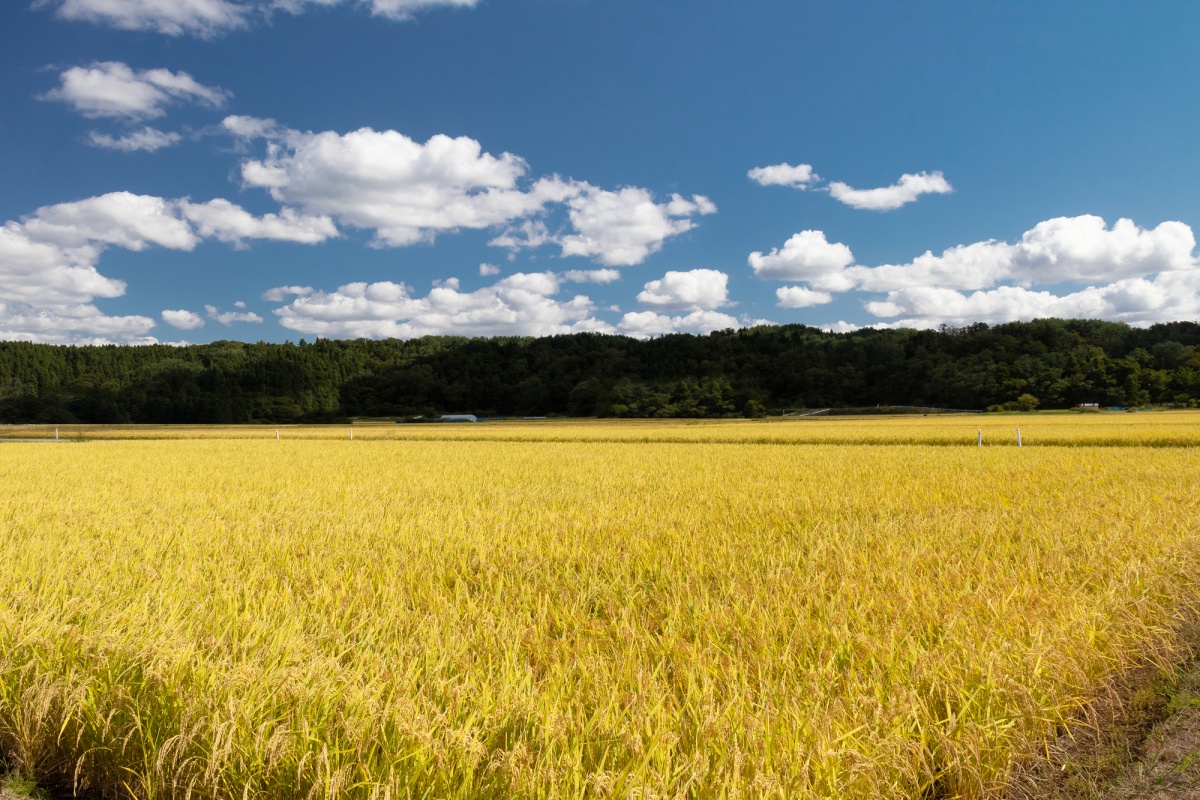
Sasanishiki (ささにしき) is slightly less sticky than other varieties, making it lighter, and it's also said to keep its taste even when served cold. Sasanishiki was first produced in Miyagi Prefecture in 1963, and it steadily grew to be one of the most popular cultivars until the early 90s. Exceptionally cold weather in 1993 resulted in a very poor crop, leading many farmers to stop cultivating it; this made the brand rarer on supermarkets shelves. It's much less popular nowadays—even though it's considered by some experts to have the same level of taste as Koshihikari.
Tsuyahime (つやひめ) is a rice variety developed in the Yamagata Prefecture in 2010, and it's easier to cultivate and more resistant to hot weather than other varieties. Tsuyahime (a name meaning "glossy princess") has large grains and keeps its flavor when cooled down. Together with Hitomebore and Haenuki, this brand of rice was turned into a cute anime mascot in an advertising campaign promoted by Yamagata Prefecture, called RiCes.
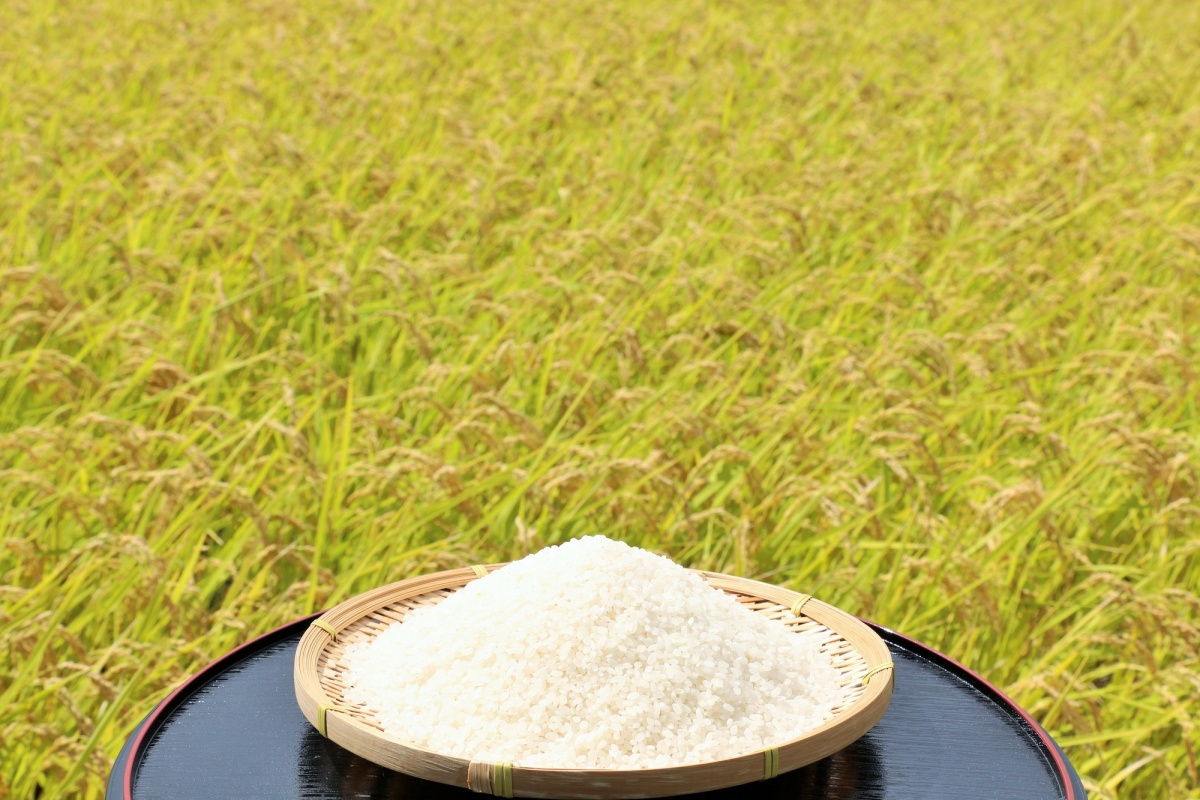
Finally, Yumepirika (ゆめぴりか) was created fromKirara rice to resist the cold weather of Hokkaido, and in 2010 was awarded the highest A grade by the Japan Grain Inspection Association. This rice combines a good amount of stickiness with a rich, natural sweet taste. The name is a combination between the Japanese word for dream (yume), and pirika, which means beautiful in the language of the island's aboriginal inhabitants, the Ainu.
Obviously this is only a partial list, as there are many more rice cultivars out there. If your favorite one didn't make it into this guide, let us know in the comments!




